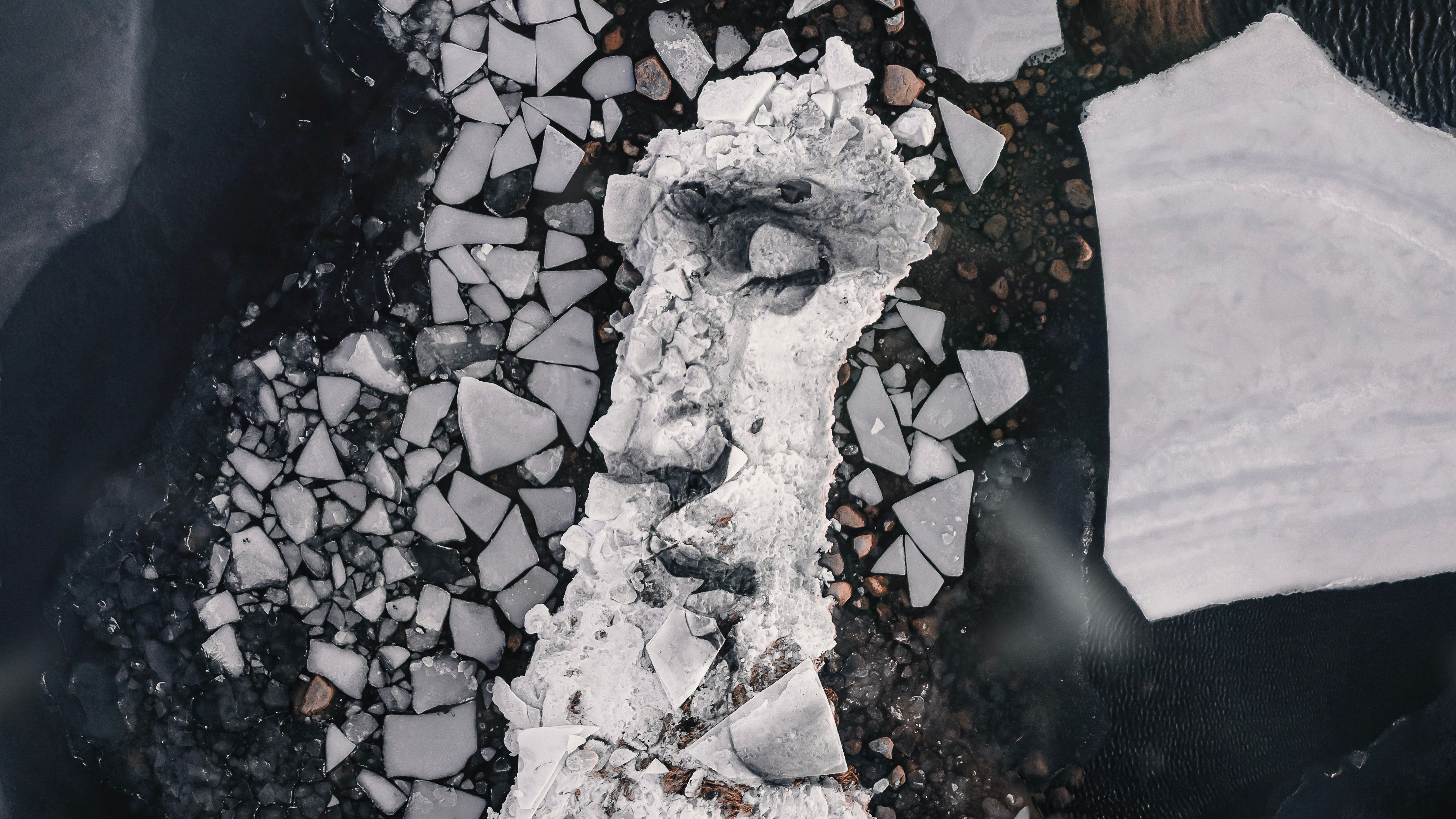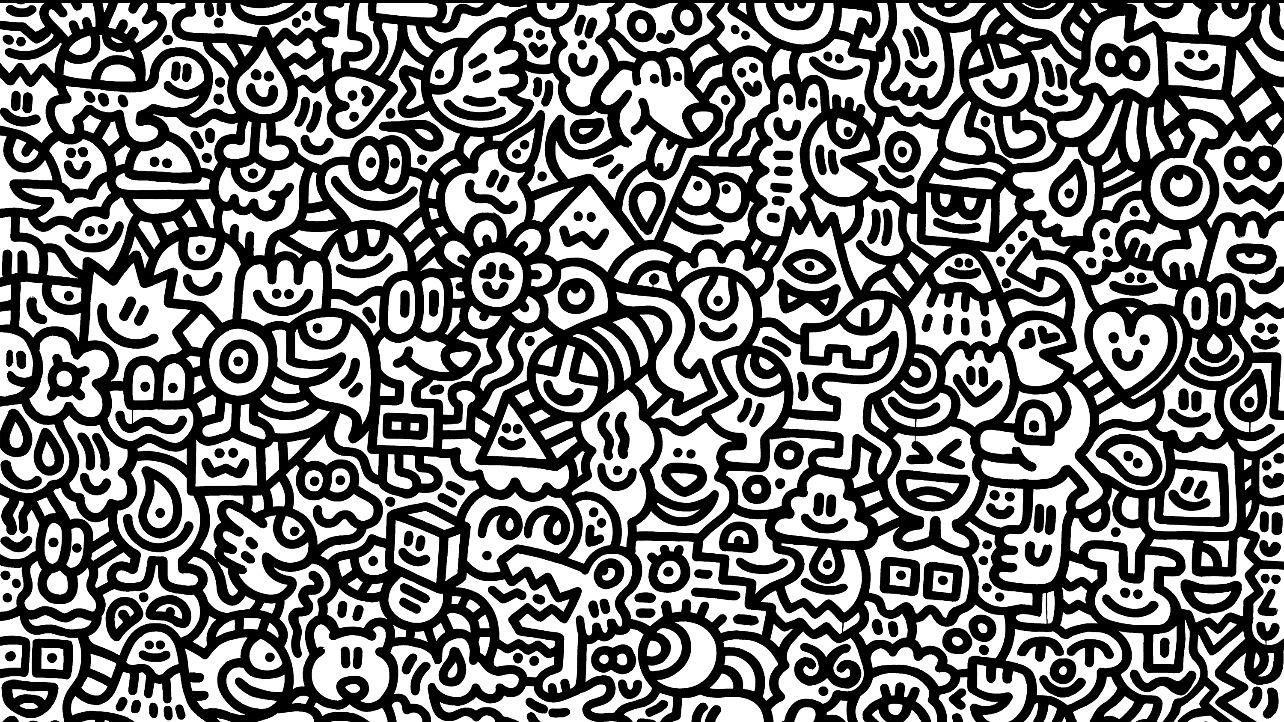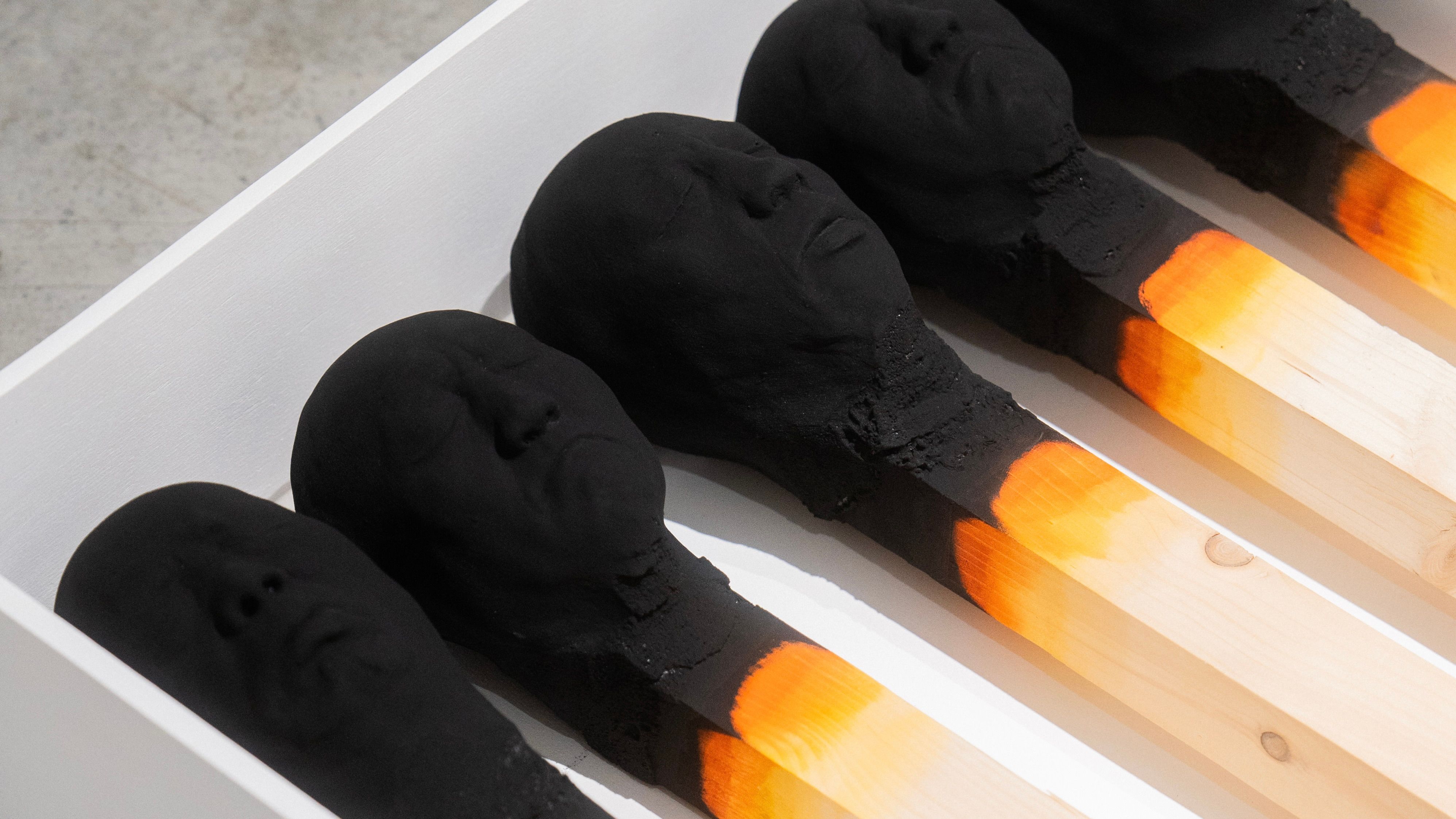Intimate, adventurous, and transient—these words vividly capture the spirit of David Popa’s artistic journey. Growing up immersed in the vibrant art scene of New York City, Popa sought new opportunities in Finland, where his artistic vision evolved profoundly. Embracing an adventurous approach to art, he merged his passion for large-scale murals with the breathtaking natural landscapes of the Nordics. David's adventurous spirit led him to explore innovative techniques, integrating natural materials into his works and utilizing drones to capture unique perspectives. This approach allowed him to highlight the ephemeral beauty of his surroundings in a way that few artists have achieved. The stark winters of Finland, particularly the frozen Baltic Sea, inspired his unique ice art series, transforming transient natural phenomena into powerful, fleeting works of art. His story is one of personal connection, exploration, and the continual pursuit of capturing beauty in the world’s most fleeting moments.
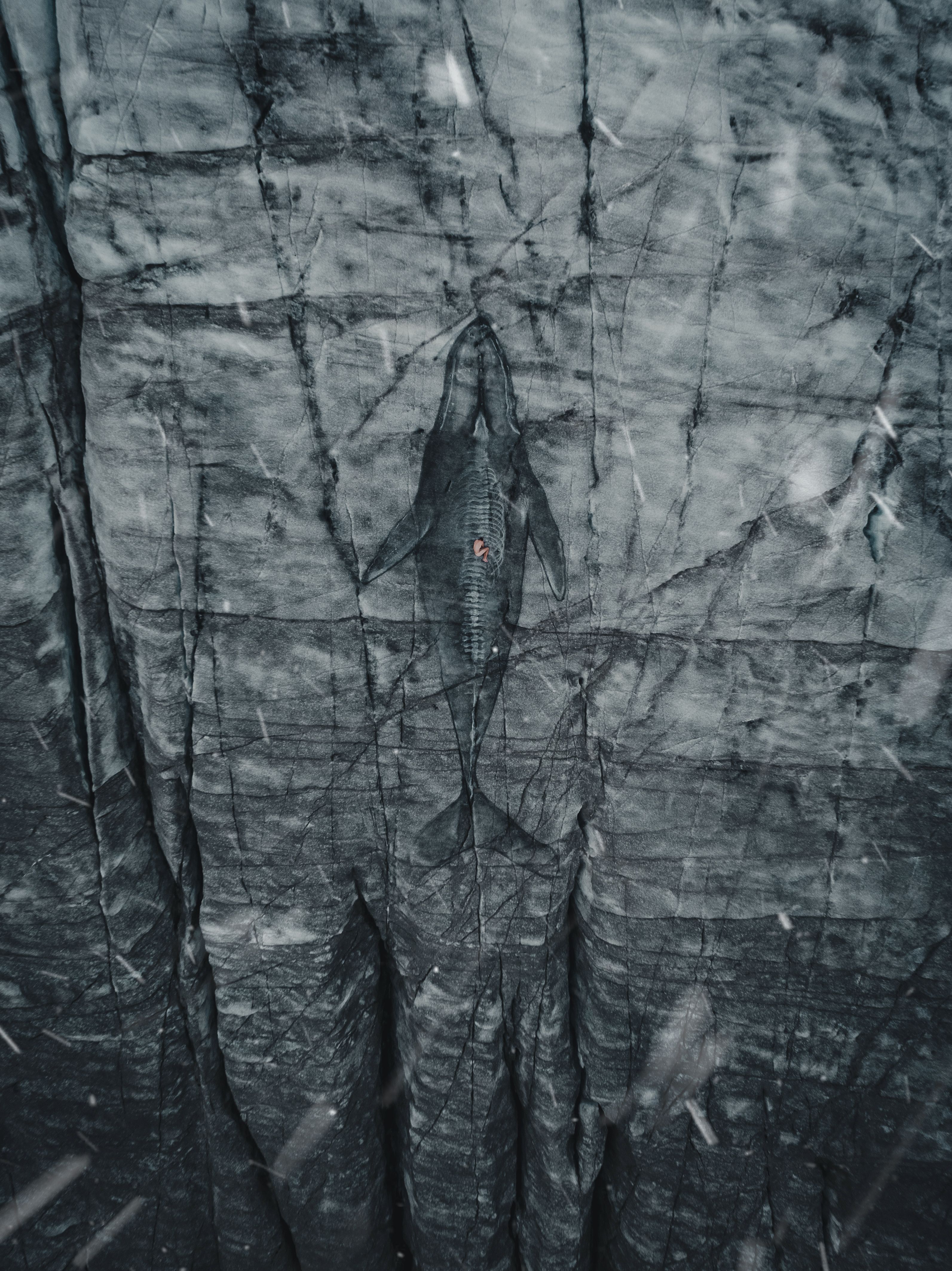
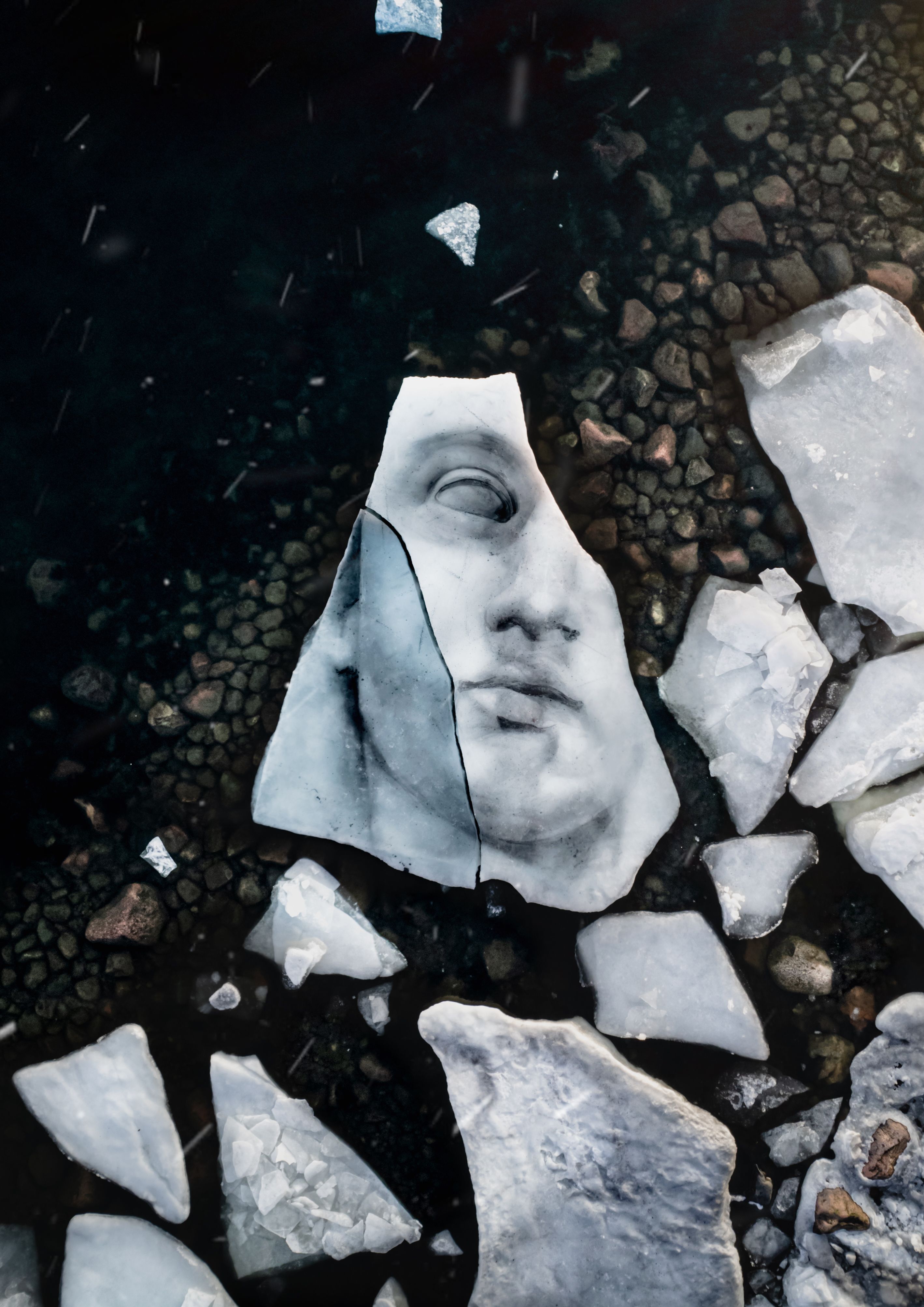
Thank you David for sharing your insights and journey with Shot Magazine. Growing up in the vibrant art scene of New York City, what drove you to seek out new opportunities in Finland? Was there a specific turning point when you realized that the adventures outside the studio were what truly captivated and motivated you? Additionally, how did the natural environment of Finland influence and enable the creation of your unique ice art series?
The reason I ended up moving to Finland wasn't because of art; it was for a girl. During my senior year of college, I visited Finland and primarily worked on street art pieces on legal walls. It was during this time that I fell in love with a girl. The following year, I knew I wanted to be with her, so after finishing university, I packed up, moved to Finland, and proposed to her. Since then, I've been living in Finland with my growing family of three children. While in Finland, I continued to create large-scale street art murals. However, my desire to merge the beauty of nature with my art led me to explore the natural environments of the Nordics, particularly Finland and the stunning landscapes of Norway. It was in these environments that I began integrating natural materials into my large-scale murals, often utilizing a drone for perspective. The idea for my ice art series emerged playfully during winters when the Baltic Sea would freeze over, revealing captivating ice formations. One winter, while flying my drone, I was struck by the intricate patterns of the ice. Experimenting with charcoal and my sprayer, I realized the potential to create art directly on the ice. This experimentation marked the beginning of my entire artistic career.
Your father, Albert Popa, a pioneering graffiti writer in NYC, played a crucial role as your first mentor, shaping the trajectory of your career. How has his influence shaped your approach to art, and in what way do you integrate that legacy into your current work?
My father, Albert Popa, played a huge role in my development as an artist. From the age of five, he taught me how to draw and regularly took me to the Metropolitan Museum of Art in New York City to sketch from the masters. His influence is evident in my continued pursuit of realism and frequent incorporation of portraiture in my work. His dynamic and kinetic approach to art-making deeply impacted me; I vividly remember watching him create large paintings in his studio with intense focus and energy. Beyond art, my father and I also played a lot of sports together with my older brother, and that adventurous, physical mentality found its way into my work.
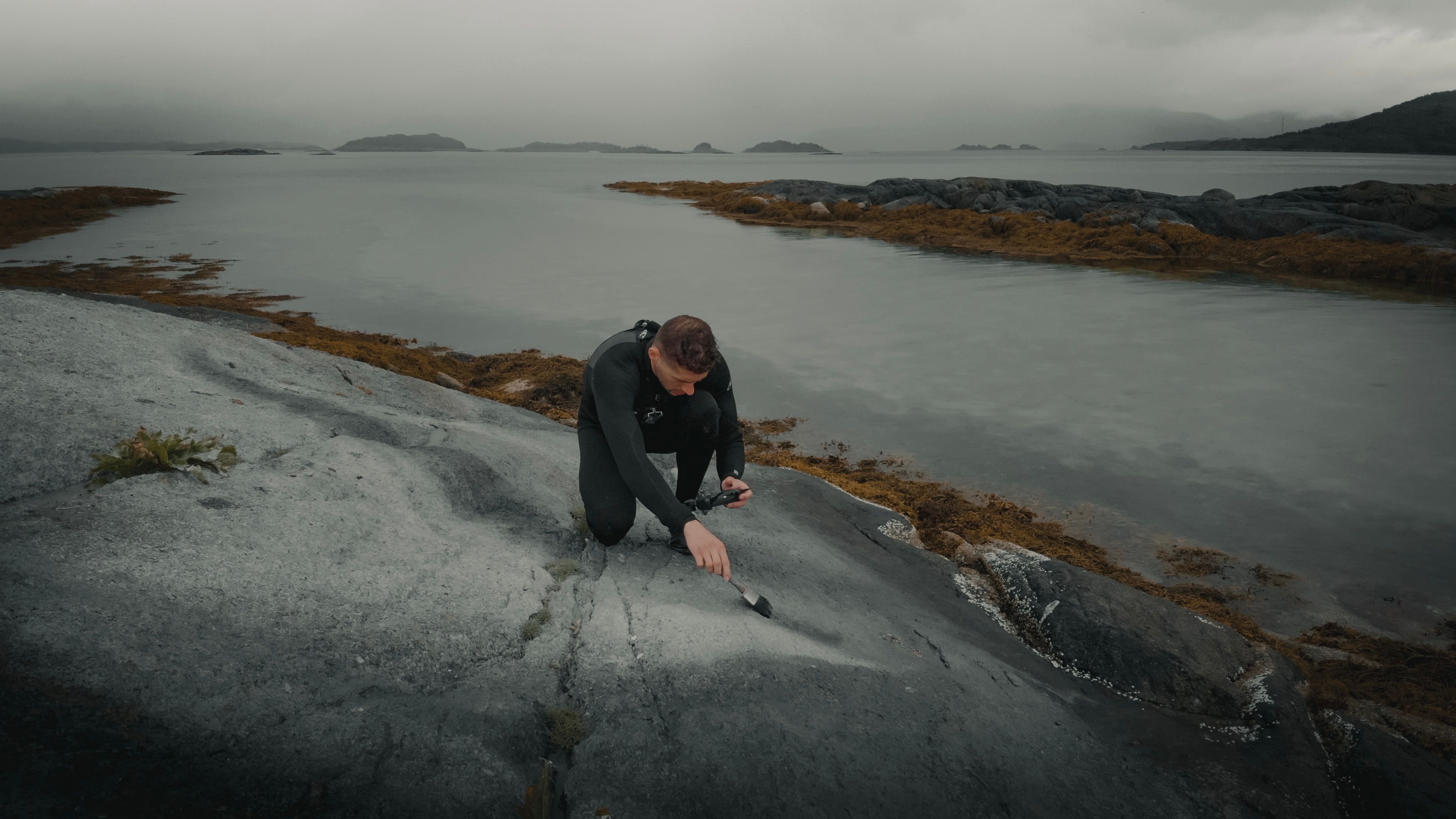
Your intimate portrayals of family members, such as your wife and newborn child, bring a profound personal dimension to your work. How do these close relationships influence the emotional depth and storytelling within your pieces?
In my work, I gravitate toward themes that are relevant to my own life. This emotional connection adds something special to the work. Early in my career, I tried to focus on more universal themes but soon I realized that the more personal the work was, the more universal it could become. Having my wife as a subject or my newborn daughter adds a level of sincerity to the work, allowing me to push past any doubts or barriers and truly create from the soul. Initially, I was hesitant to lay my heart bare in front of my audience. It's a scary thing for an artist to be vulnerable, but I'm grateful that this approach has resonated with those who view my work.
Your choice of using natural materials like charcoal, ochres, and ground shells mirrors the practices of ancient cave painters. What significance do these materials hold for you, and in what way do they enrich the narrative aspect of your work?
My choice of using natural materials was a progression. Initially, I sought eco-friendly methods to create art in natural settings. I soon discovered that employing these natural elements, similar to those used by cave painters thousands of years ago, imbued a deep significance about life, its impermanence, and ephemerality. Working in nature, alongside living creatures and being exposed to the elements, where my creations often vanish within hours, adds a sense of beauty and depth to the miracle of life.
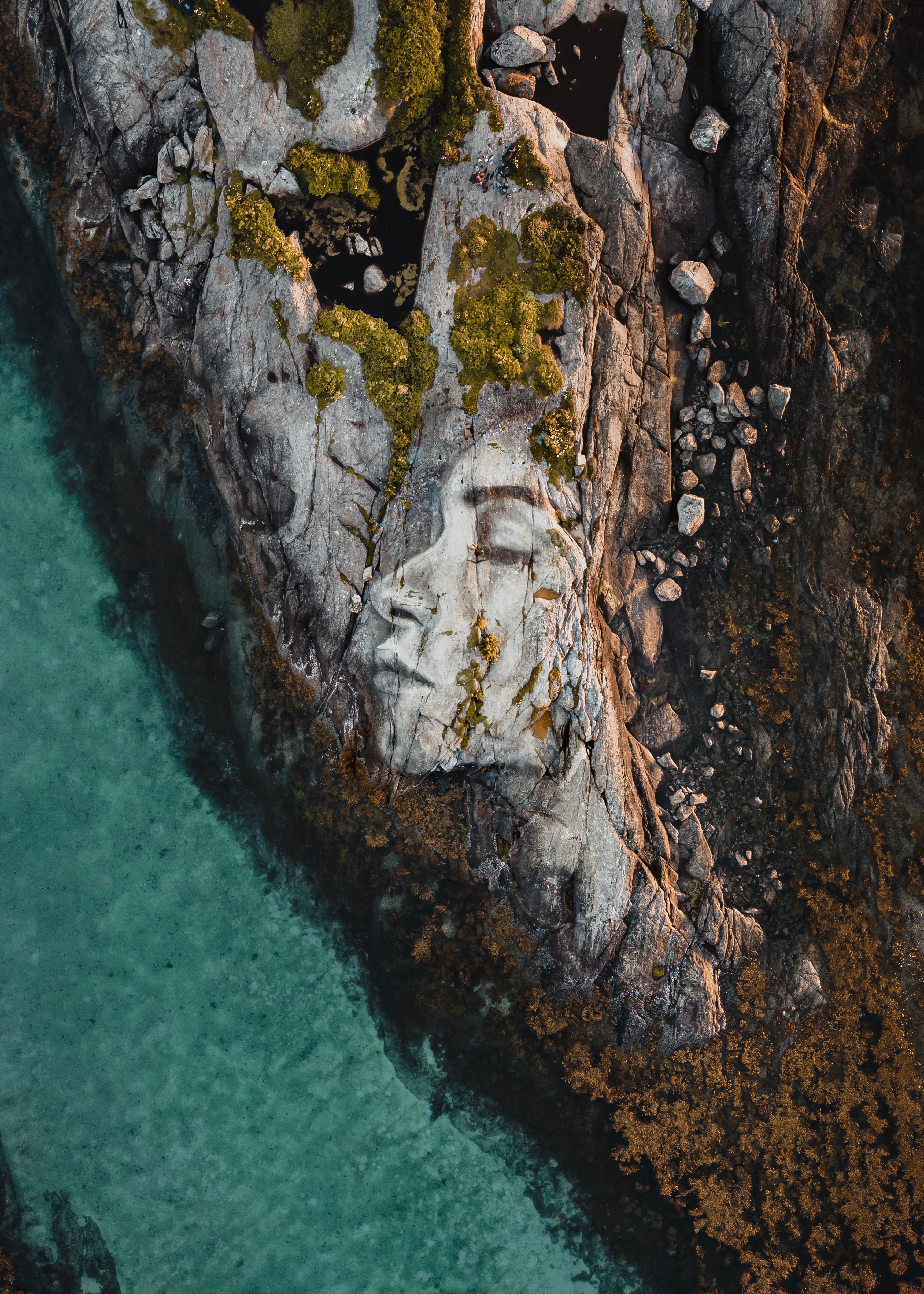
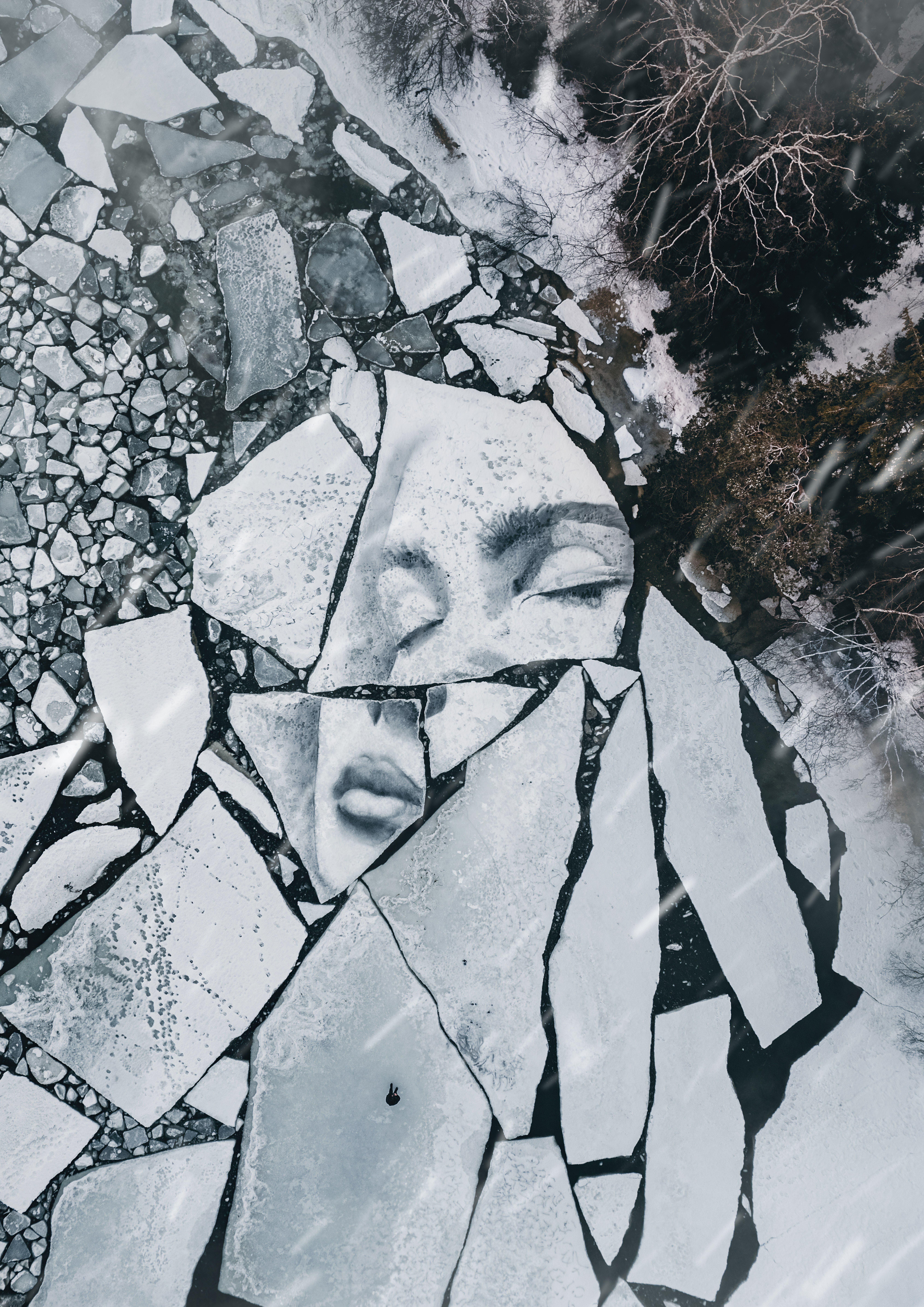
Your work often embraces the ephemeral, with pieces that exist only briefly before being reclaimed by nature. How does this transient quality of your art reflect your perspective on life's fleeting moments?
The ephemeral nature of my work initially stemmed from a desire not to impose permanent art on natural landscapes. Through this process, I began to resonate with the themes of life's fleeting moments. evolution of my artwork—how it changes, cracks, or disappears, sometimes with seabirds adding their own unique contributions. This reflects the transient beauty of life.
In your recent project in Utah, you allowed the landscape to guide your creations. Could you share the emotional and creative journey you underwent during those four days in the desert?
For the project 'Transcendence' in Utah, I embarked on an adventure with a talented up-and-coming videographer to create a documentary. We hadn't planned any specific creations. On the first morning, missing my family and thinking of my soon-to-be-born daughter, I was deeply moved. This emotion guided me to create four pieces, each representing different stages of life: birth, suffering, love, and death. This thematic series was a long-time dream, focusing on the beauty and impermanence of life. Creating a piece each day was ambitious and strenuous, but the end result was truly rewarding.
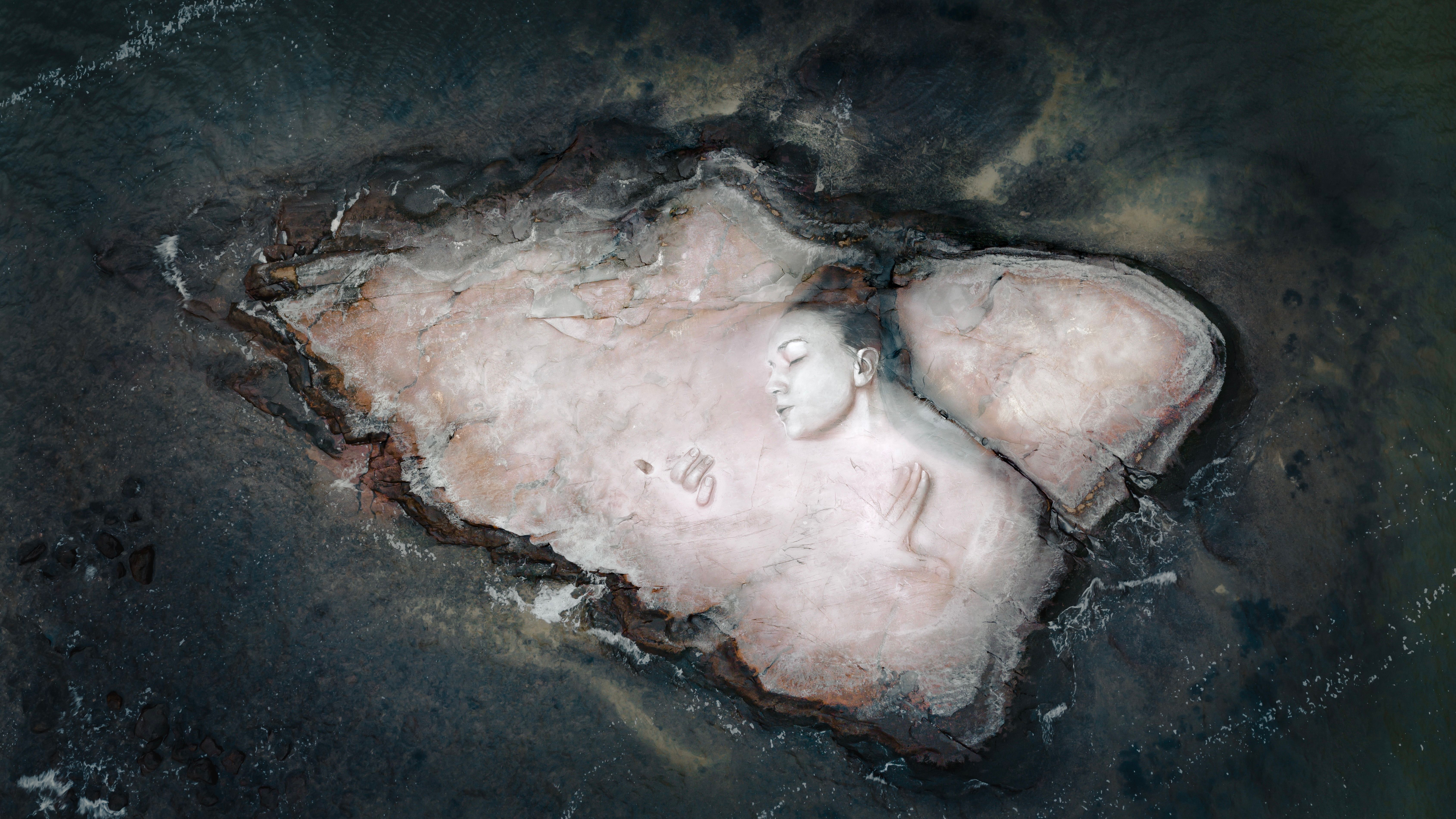
You’ve remarked, "We are living in this fractured world and there is still beauty to be found amidst the brokenness." Can you share with us on how you perceive and capture this beauty within the fragmented aspects of your art? And how do you define beauty?
We are indeed living in a fractured world, a reality exacerbated by the pervasive influence of social media and news. During the outbreak of the conflict between Ukraine and Russia, living close by in Finland, I became more aware of this fractured state. This realization inspired my series of fractured portraits on ice. My work often starts as a playful adventure and evolves into deeper themes as current events and personal experiences shape it. Creating art is like assembling a puzzle, listening to the soul's deeper yearnings. Beauty often emerges unexpectedly, such as when initially perceived 'mistakes' in fractured ice reveal insightful and beautiful elements of our lived reality.
When you're creating your large-scale works on ice, rock, or soil, you can't fully see the finished piece until it's captured by a drone. How does this unique process of working without a complete visual of your artwork influence your approach and the final outcome? What is the experience like when you finally see your work from above for the first time?
Creating my works is always an exhilarating and nerve-wracking experience. Sometimes, I don't get to see the finished piece until it's captured by a drone. Due to limited time caused by weather or ice conditions, I paint with a sense of faith.While I employ techniques to ensure proportions are correct, the initial drone flight often reveals significant surprises.Sometimes, I'm thrilled by the outcome; other times, I'm disappointed. Nevertheless, the entire process is consistently an incredible adventure.
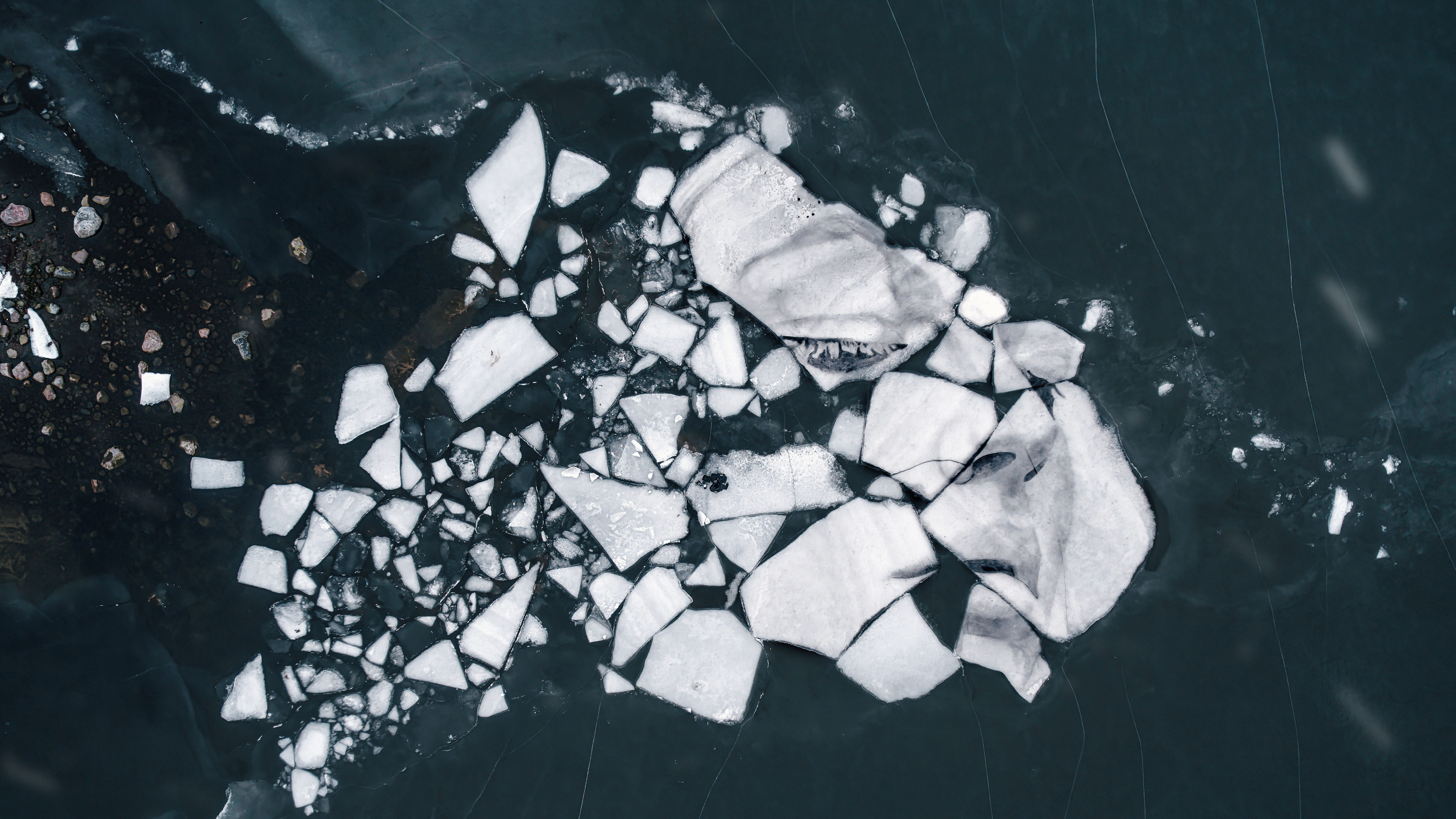
You’ve already ventured into various adventurous terrains and climates. What is the most audacious or visionary idea that remains unrealized for you and that you would like to pursue next?
I've explored diverse terrains and climates, but I still hope to create art on a semi-active volcano and, perhaps one day, even on the moon.
